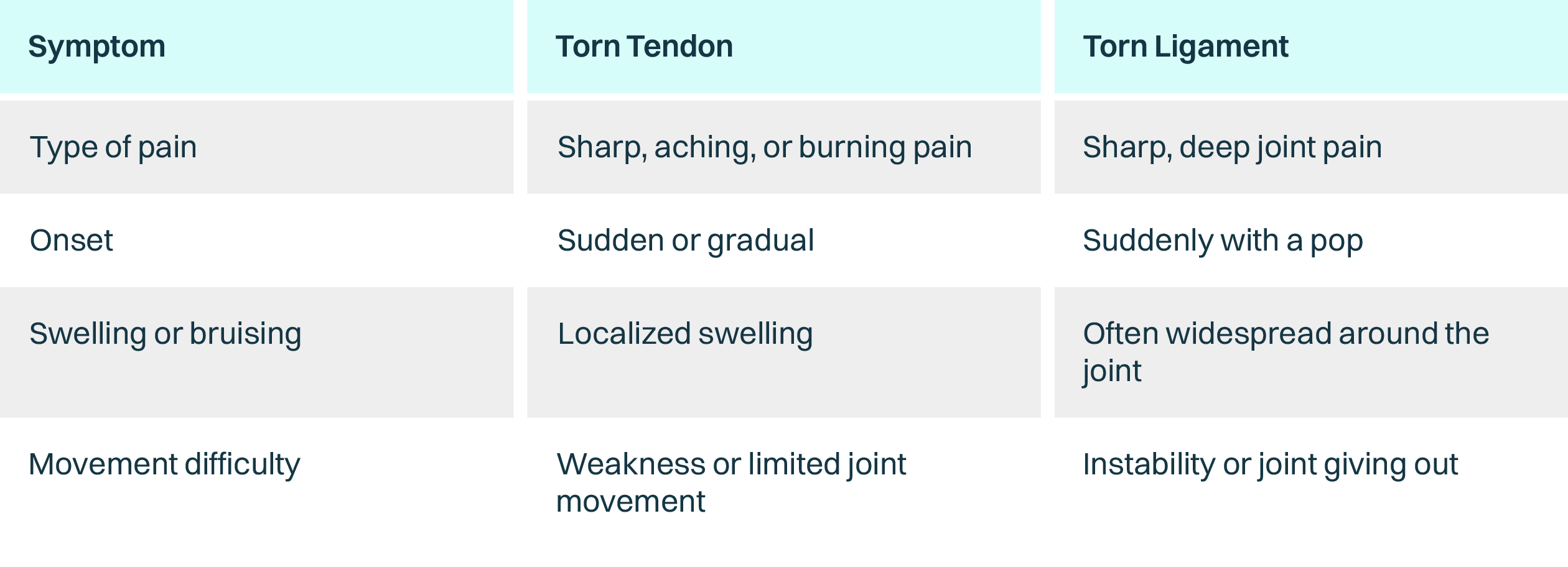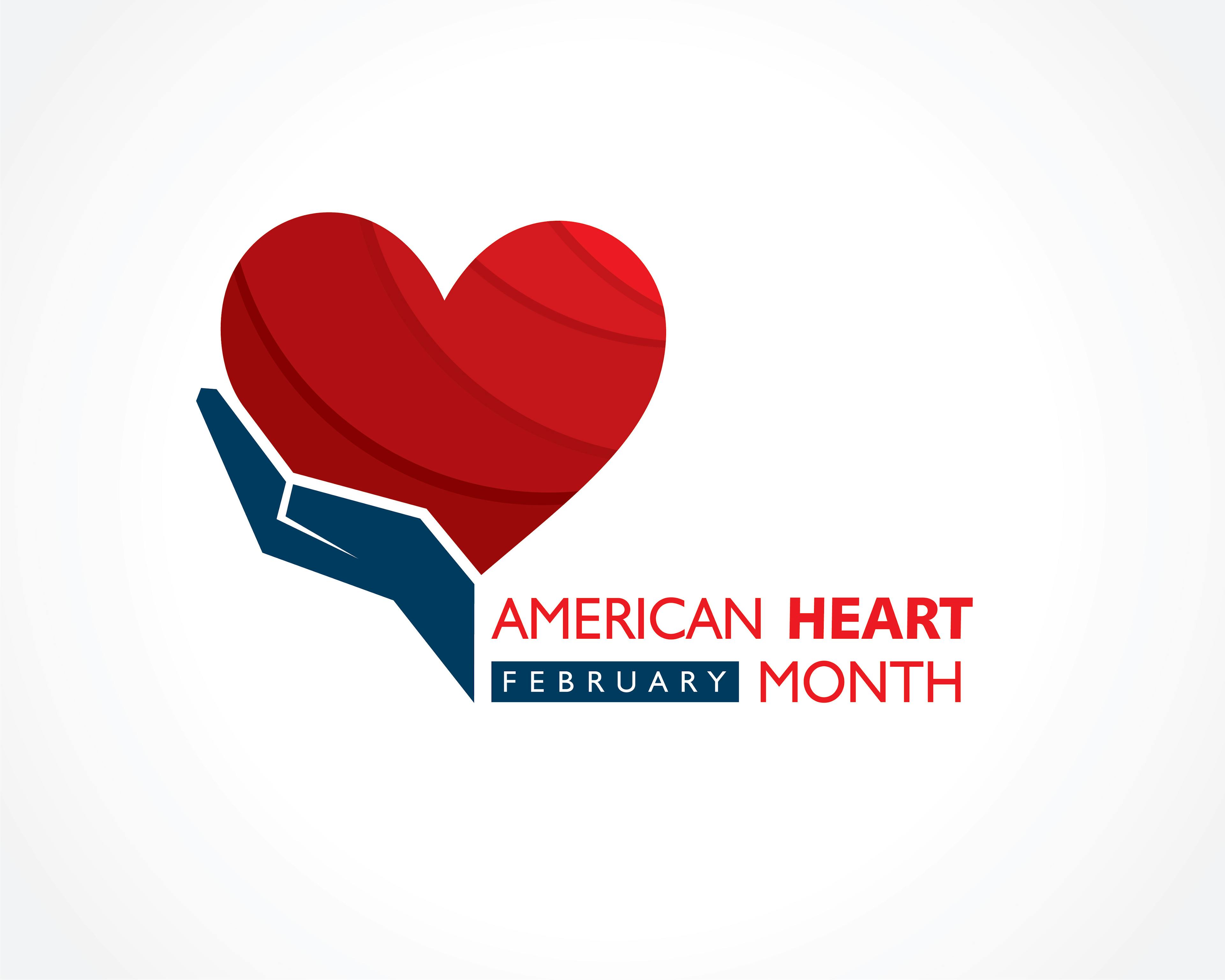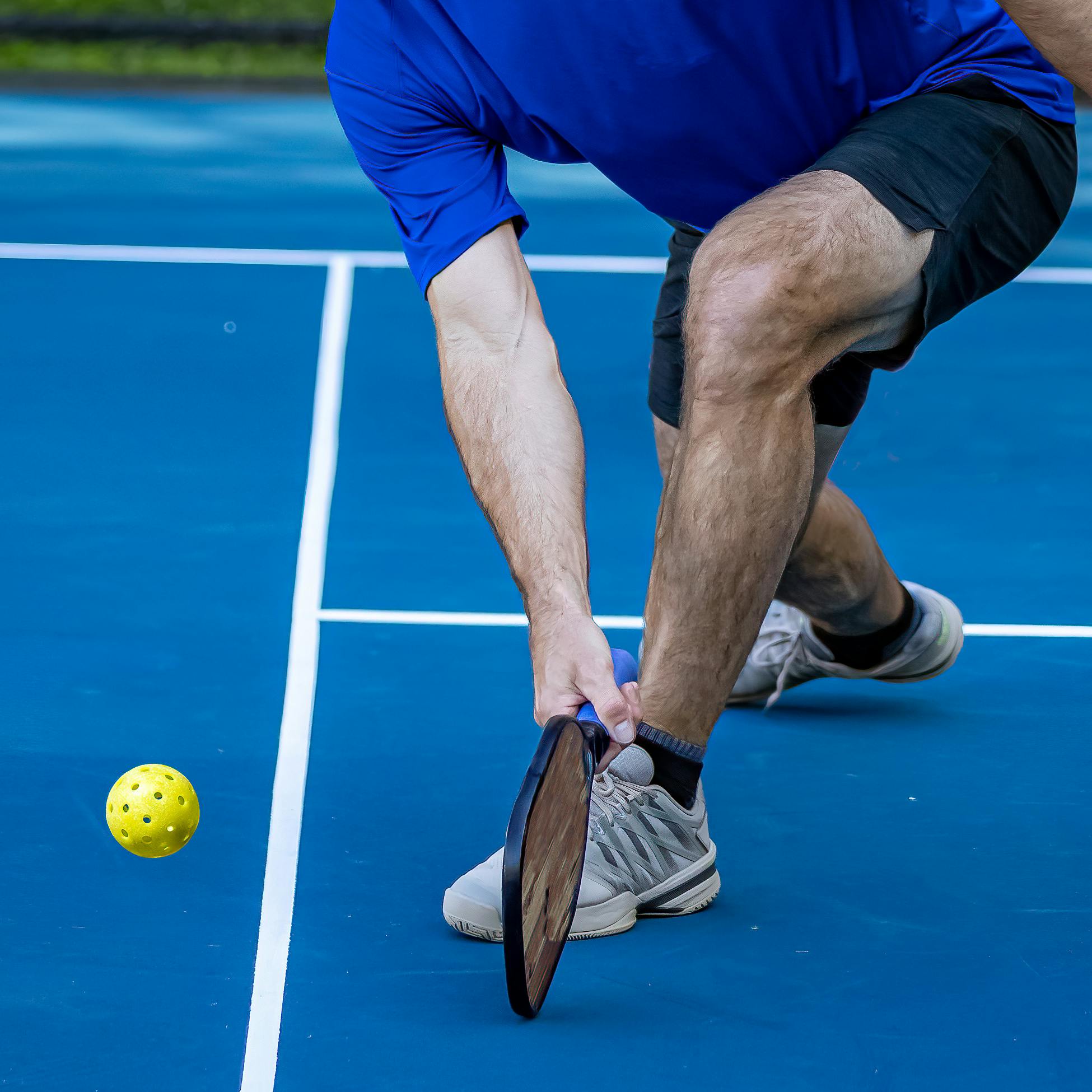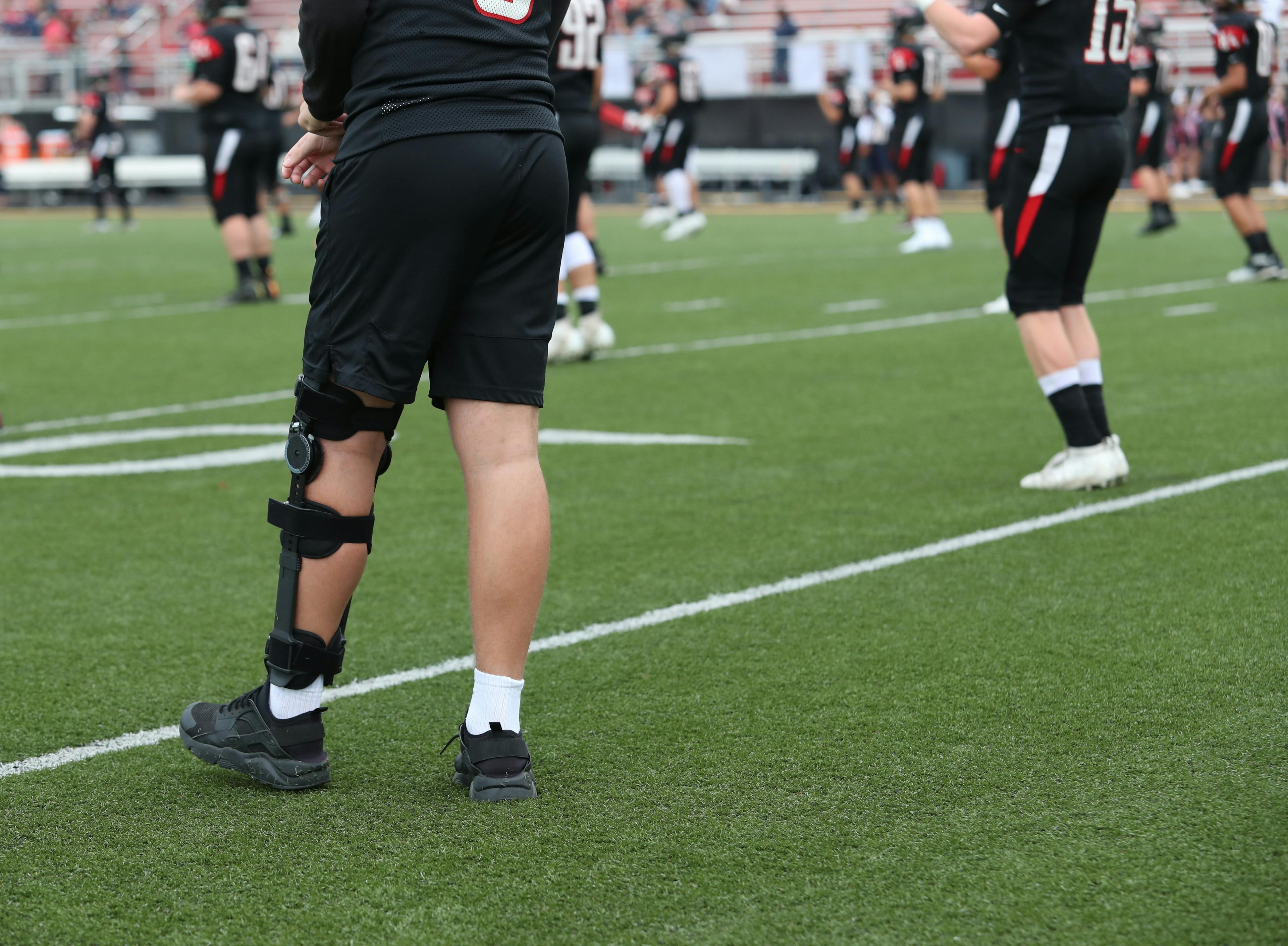Key Takeaways
Tendons and ligaments are different but equally important. Tendons connect muscles to bones, while ligaments connect bones to each other. Both help your joints move and stay stable, but injuries to each can look and feel different.
Tendon injuries often affect movement. A torn tendon may cause weakness or make it hard to move the joint. Ligament injuries, on the other hand, are more likely to cause swelling, bruising, or a feeling that the joint is “loose” or unstable.
Know when to seek care. If you have severe pain, swelling, or trouble moving after an injury, it’s best to get checked by a doctor. A proper evaluation can find the cause and guide treatment to prevent long-term problems.
Injuries to tendons and ligaments are more common than you might think, especially if you’re active, work a physically demanding job, or have recently taken a fall. Whether it happens during a workout, a weekend soccer game, or while lifting something heavy, sudden pain can leave you wondering what exactly just happened.
One of the most common questions people have is: Did I tear a tendon or a ligament?
While the symptoms can overlap, there are key differences that affect recovery and treatment. Here’s what you should know.
What’s the Difference Between a Tendon and a Ligament?
Tendons and ligaments are both tough, fibrous tissues, but they serve different roles in your body:
- Tendons connect muscle to bone, helping your body move when muscles contract.
- Ligaments connect bone to bone, keeping joints stable and preventing excessive motion.
A torn tendon usually happens when the tissue is overloaded or pulled away from the bone. A torn ligament often results from a joint being forced beyond its normal range of motion.
Signs of a Torn Tendon
Tendon tears can result from sudden force, repetitive strain, or gradual wear and tear.
Common symptoms include:
- Sharp or burning pain near a joint
- Swelling or tenderness along the tendon
- Muscle weakness or trouble moving the joint
- A popping or snapping sensation at the time of injury
- Visible deformity or a “gap” in severe cases
Frequent causes: lifting heavy objects with poor form, twisting injuries, repetitive sports or work strain, or age-related degeneration. Common sites include the biceps, Achilles tendon, and rotator cuff.
Signs of a Torn Ligament
Ligament injuries are especially common in the ankle, knee, and wrist and usually result from sudden trauma.
Common symptoms include:
- A popping sound or sensation at the time of injury
- Immediate swelling and bruising
- A feeling that the joint is unstable or “giving out”
- Localized pain and reduced range of motion
- Difficulty bearing weight
Typical causes: awkward landings, sudden pivots or direction changes, sports collisions, falls, or previous ligament injuries. More severe tears (such as ACL or MCL injuries) may require physical therapy or surgery to restore stability.

When to See a Doctor
Not every strain or sprain requires emergency care, but you should seek medical help if:
- You heard or felt a pop at the time of injury
- Pain is severe or continues to worsen
- There’s significant swelling, bruising, or deformity
- The joint feels unstable or you can’t bear weight
- Mobility is limited or you can’t move the limb normally
A doctor may order imaging tests such as X-ray, MRI, or ultrasound to confirm whether it’s a partial or complete tear and rule out fractures.
What Recovery Looks Like
Healing depends on the severity and location of the injury:
- Mild tendon or ligament injuries often improve with rest, ice, compression, elevation (RICE), and gradual return to activity.
- Moderate tears may require bracing, physical therapy, or advanced treatments such as platelet-rich plasma (PRP) therapy.
- Complete ruptures often need surgical repair followed by a structured rehabilitation program.
Early diagnosis and the right treatment plan are key to preventing long-term damage or repeat injuries.
Don’t Ignore Joint or Soft Tissue Pain
If you’re struggling with pain, swelling, or instability after an injury, it’s best not to “wait and see.” Getting an accurate diagnosis can help you start the right treatment sooner and protect your mobility for the future.
At CLS Health, our sports medicine specialists are experienced in diagnosing and treating tendon and ligament injuries, from mild sprains to complex tears. We use advanced imaging, interventional therapies, and personalized care plans to help you heal and get back to the activities you love.
Schedule a consultation today to take the first step toward recovery and long-term joint health.





